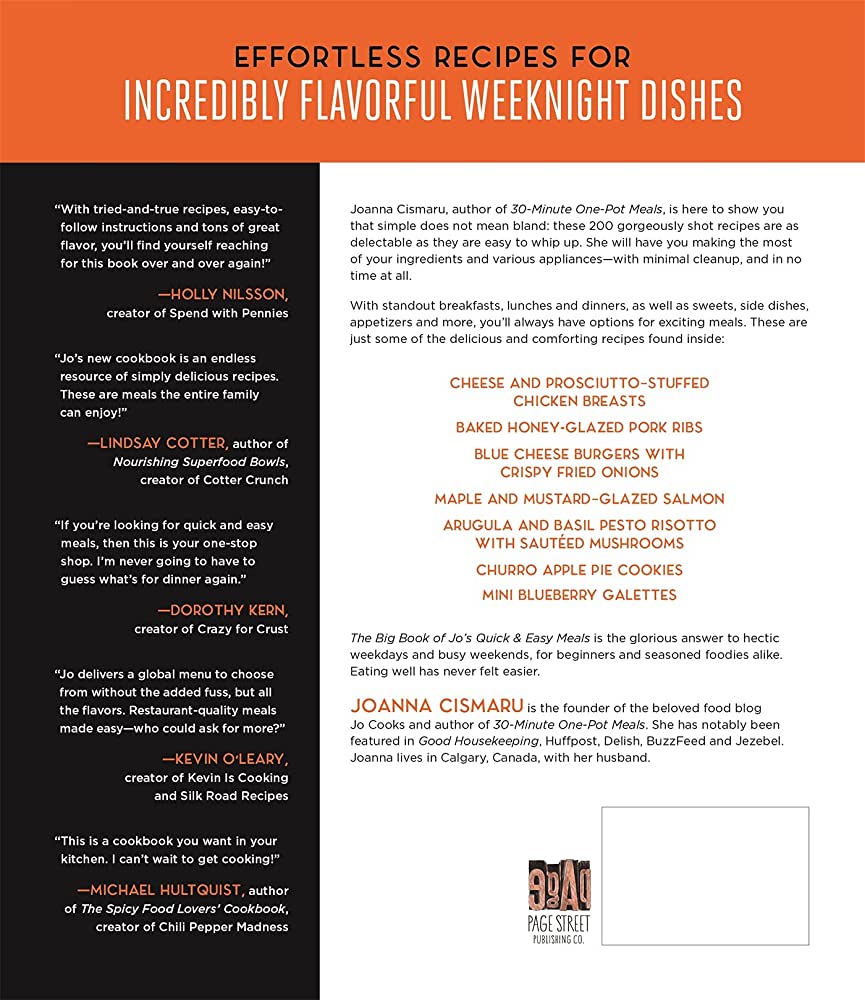Sautéing is a cooking technique where food is cooked over high heat with a small amount of oil, making it an ideal way to cook meat, vegetables, and fruits. Choosing the right size of the pan, preparing the ingredients, maintaining the high temperature, using the right amount of oil, adding flavor, and finishing the dish are essential techniques for sautéing. Sautéing can add more flavor to dishes by adding aromatics like garlic, onions, herbs, or spices. By mastering the techniques and having the right tools, anyone can cook restaurant-quality meals at home.
Sautéing Like a Pro: How to Whip Up Restaurant-Quality Meals at Home
Sautéing is a popular cooking technique that involves cooking food over high heat in a small amount of oil or fat. It’s a fast and easy way to cook meat, vegetables, and even fruits, giving them the perfect balance of flavor and texture.
Whether you’re a beginner or a seasoned cook, sautéing is a technique that anyone can master. Here are some tips and tricks to help you get started:
Choosing the Right Pan
The right pan can make all the difference when you’re sautéing. Ideally, you want a pan that’s large enough to hold all of the ingredients you’re working with, but not so large that the ingredients are too spread out.
A non-stick pan is ideal for sautéing because it prevents sticking and makes it easier to clean up. However, a stainless steel or cast iron pan can also work well as long as it’s well-seasoned.
Preparing Your Ingredients
Before you start sautéing, it’s important to prepare your ingredients properly. This means cutting your meat or vegetables into evenly-sized pieces so they cook evenly.
You should also pat your ingredients dry with paper towels to remove any excess moisture. This will prevent the ingredients from steaming instead of sautéing.
Getting the Temperature Right
The key to sautéing is high heat. You want your pan to be hot enough that when you add your ingredients, they sizzle and brown quickly.
However, you don’t want the pan to be so hot that the oil smokes or burns. This can give the food a bitter or burnt taste.
A good rule of thumb is to heat your pan over medium-high heat for a minute or two before adding the oil. Then, add the oil and let it heat up until it shimmers before adding your ingredients.
Using the Right Amount of Oil
While you want enough oil to coat the bottom of the pan, you don’t want to use too much oil. This can create a greasy or oily mess.
A good rule of thumb is to use one tablespoon of oil for every two cups of ingredients. You can also use cooking spray to cut down on the amount of oil you need.
Maintaining the Heat
When you add your ingredients to the pan, the heat will drop. It’s important to maintain the heat throughout the cooking process to prevent the food from steaming or boiling instead of sautéing.
Make sure you’re moving the ingredients around the pan consistently to promote even cooking. You can also increase the heat if necessary to maintain the desired temperature.
Adding Flavor
Sautéing is a great way to add flavor to your dishes. You can add garlic, onions, herbs, or spices to your pan to infuse your ingredients with flavor.
Be careful not to burn your aromatics, however. Add them towards the end of the cooking process and remove them quickly once they’ve infused the dish with flavor.
Finishing Your Dish
Once your dish is cooked, it’s important to remove it from the heat and transfer it to a serving dish. This will prevent the food from overcooking or becoming dry.
You can also finish your dish with a drizzle of lemon juice, a sprinkle of fresh herbs, or a dash of salt and pepper for an extra burst of flavor.
Mastering the art of sautéing takes practice, but with the right tools and techniques, anyone can whip up restaurant-quality meals at home. So grab a pan, some oil, and your favorite ingredients, and get sautéing!
